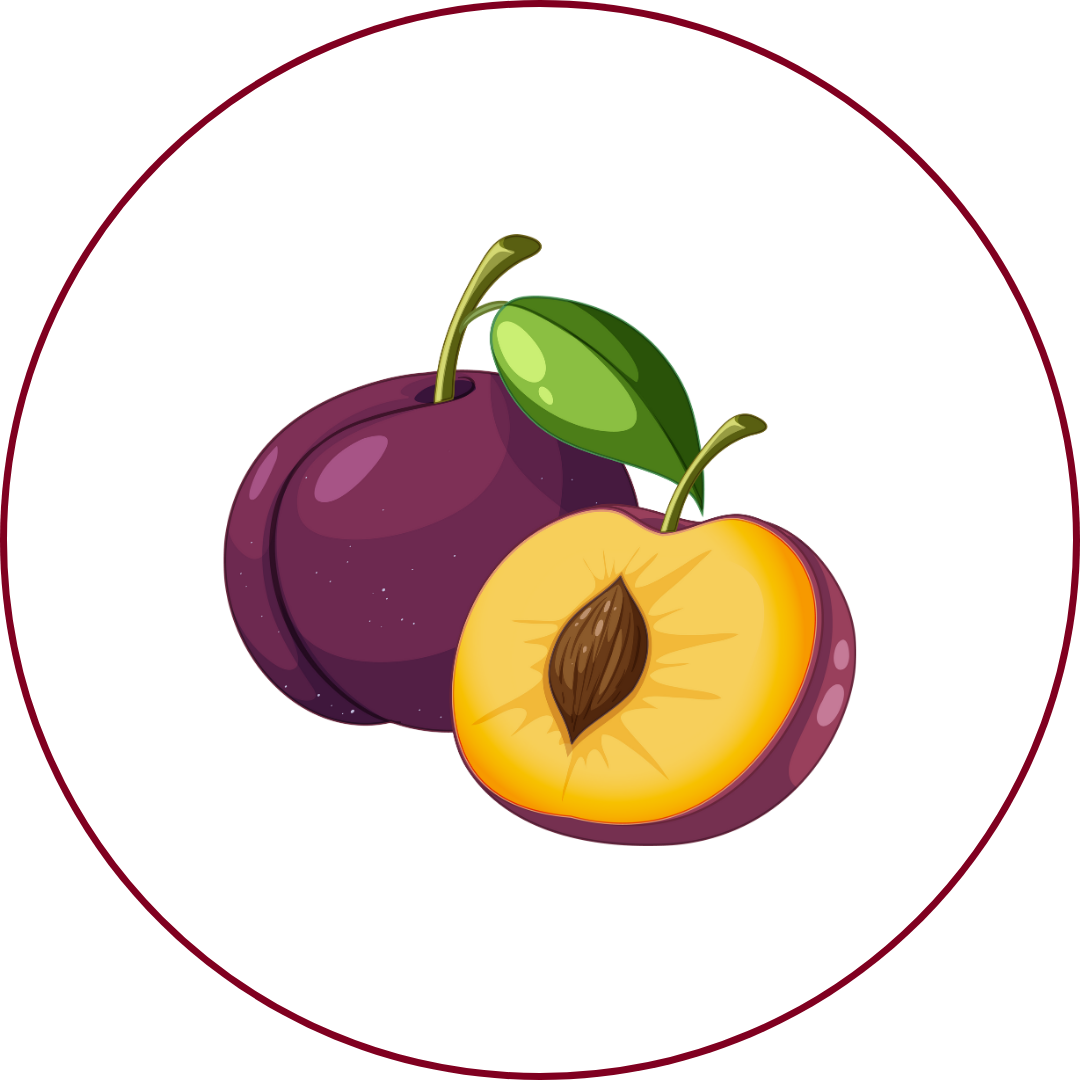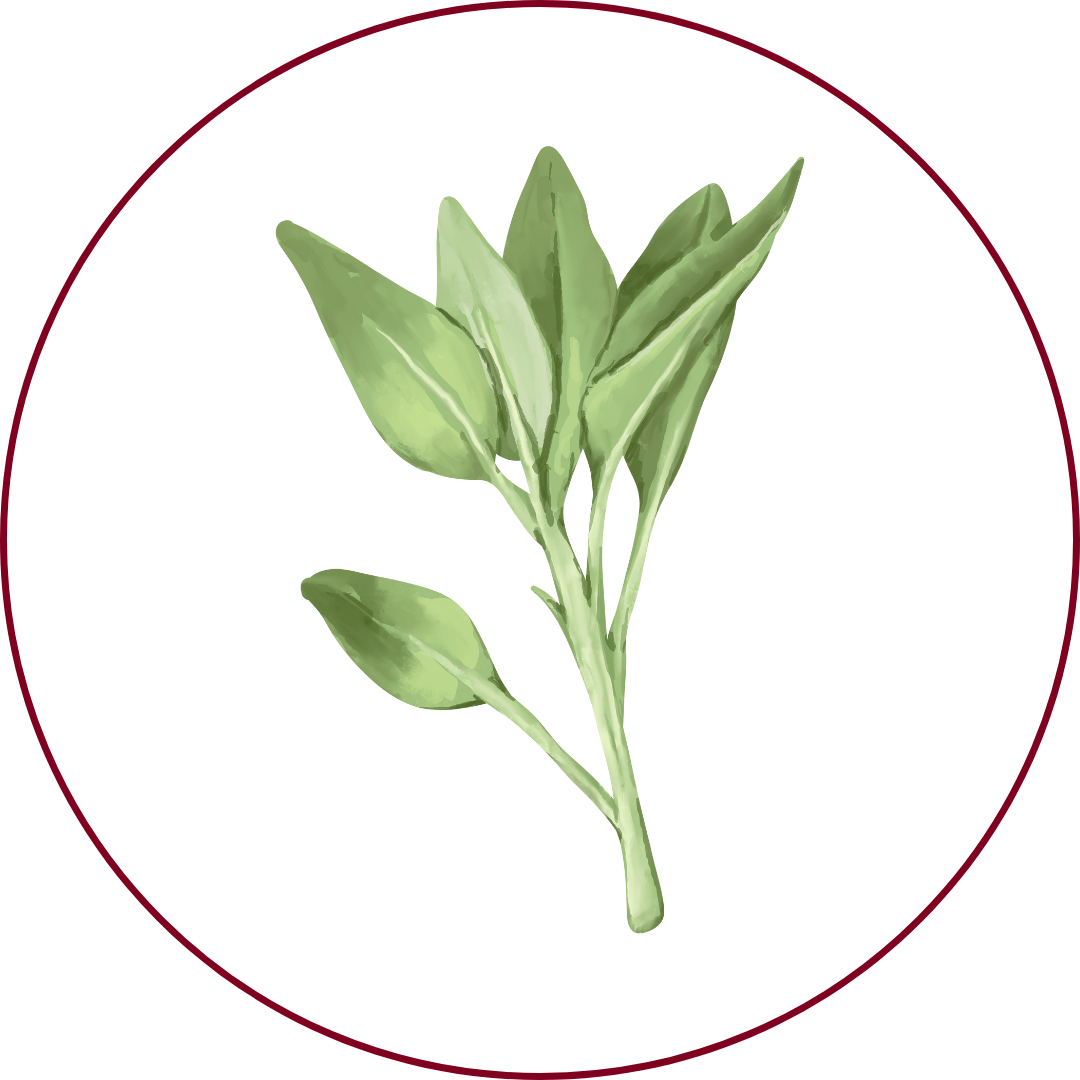Grape Variety
Petit-Verdot
"puh-TEE ver-DOH"
Wine Styles
 Sparkling
Sparkling Light White
Light White Full White
Full White Aromatic
Aromatic Rosé
Rosé Light Red
Light Red Medium Red
Medium Red Full Red
Full Red Dessert
DessertAbout Petit-Verdot
Origin
South West France
History
Petit Verdot is a red wine grape variety that originated in South West France, notably in the Bordeaux region. Its name translates to 'little green one,' likely due to its tendency to ripen later than other Bordeaux varieties, often resulting in under-ripe berries in cooler climates. This late ripening made it less favorable in Bordeaux, leading to a decline in plantings. However, Petit Verdot has found success in warmer wine regions, such as Australia, California, and South America, where the climate allows for full ripening, producing wines with deep color, robust tannins, and rich flavors.
Appearance
Small, thick-skinned berries with a deep blue-black hue.
Growing Traits
Petit Verdot is a late-ripening variety that thrives in warm climates. Its small, thick-skinned berries contribute to wines with deep color and high tannin content. The grape's late ripening can be a challenge in cooler regions, often leading to under-ripe fruit if the growing season is not long enough.
Wine Characteristics
Body
4/5
Sweetness
1/5
Tannin
5/5
Acidity
4/5
Alcohol
3/5
Full-bodied with a robust and structured profile, offering depth and intensity. Typically vinified dry, though it can exhibit ripe fruit characteristics. High tannin levels, contributing to a firm and age-worthy structure. Medium to high acidity, providing freshness and balance to its bold character. Moderate to high alcohol content, generally around 13-14%, contributing to its robust nature.
Taste Profile

Blackberry

Plum

Violet

Sage

Vanilla
Petit Verdot wines are characterized by intense aromas of blackberry and plum, complemented by floral notes of violet and herbal hints of sage. On the palate, they are full-bodied with firm tannins, offering flavors of dark fruits, spice, and often a touch of vanilla from oak aging. The finish is typically long and structured, indicating good aging potential.
Food Pairing
Petit Verdot's full body, high tannins, and rich flavor profile make it an excellent match for hearty dishes. It pairs well with grilled or roasted meats, such as lamb, beef, and game. Its bold character complements rich stews, barbecued ribs, and aged cheeses. Herb-infused dishes, especially those with rosemary or sage, also harmonize with its complex flavors.
Growing Regions

France
Bordeaux

Australia
McLaren Vale

United States
CaliforniaVirginia

Argentina
Mendoza
Notable Wines & Producers
Château Palmer
Château Palmer
Pirramimma Petit Verdot
Pirramimma
Domaine Valensac Petit Verdot
Domaine Valensac
Petit-Verdot FAQ
Common questions about this grape variety
What is the origin of Petit-Verdot?
+
South West France
Is Petit-Verdot wine full bodied?
+
Petit-Verdot has a body level of 4 out of 5. Which means that Petit-Verdot is Moderate to Full bodied.
Is Petit-Verdot wine dry or sweet?
+
Petit-Verdot has a dryness level of 1 out of 5. Which means that Petit-Verdot is Dry.
Where is Petit-Verdot wine from?
+
South West France
Where is Petit-Verdot grown?
+
Petit-Verdot is grown in France (Bordeaux)Australia (McLaren Vale)United States (California, Virginia)Argentina (Mendoza).
What is Petit-Verdot like?
+
Petit Verdot wines are characterized by intense aromas of blackberry and plum, complemented by floral notes of violet and herbal hints of sage. On the palate, they are full-bodied with firm tannins, offering flavors of dark fruits, spice, and often a touch of vanilla from oak aging. The finish is typically long and structured, indicating good aging potential.
What does Petit-Verdot pair with?
+
Petit Verdot's full body, high tannins, and rich flavor profile make it an excellent match for hearty dishes. It pairs well with grilled or roasted meats, such as lamb, beef, and game. Its bold character complements rich stews, barbecued ribs, and aged cheeses. Herb-infused dishes, especially those with rosemary or sage, also harmonize with its complex flavors.
What does Petit-Verdot taste like?
+
Petit Verdot wines are characterized by intense aromas of blackberry and plum, complemented by floral notes of violet and herbal hints of sage. On the palate, they are full-bodied with firm tannins, offering flavors of dark fruits, spice, and often a touch of vanilla from oak aging. The finish is typically long and structured, indicating good aging potential.
Take Petit-Verdot Knowledge with You
Access detailed grape profiles, tasting notes, and pairing suggestions on your iPhone.
Download on theApp Store